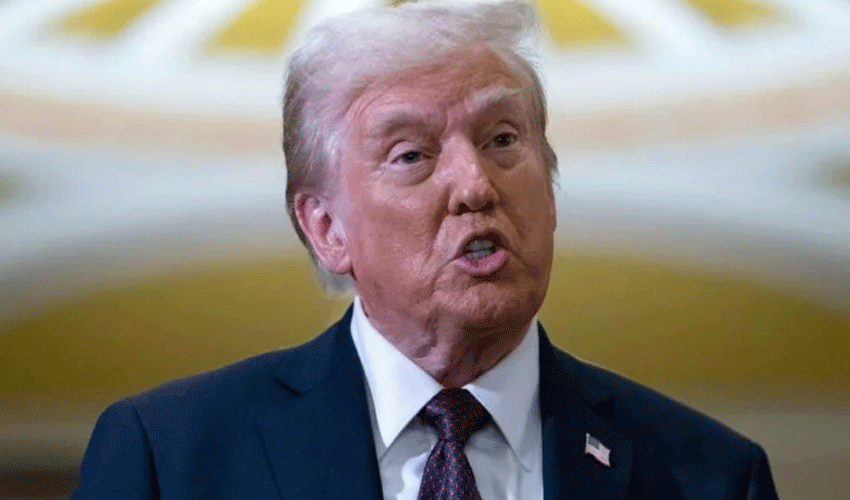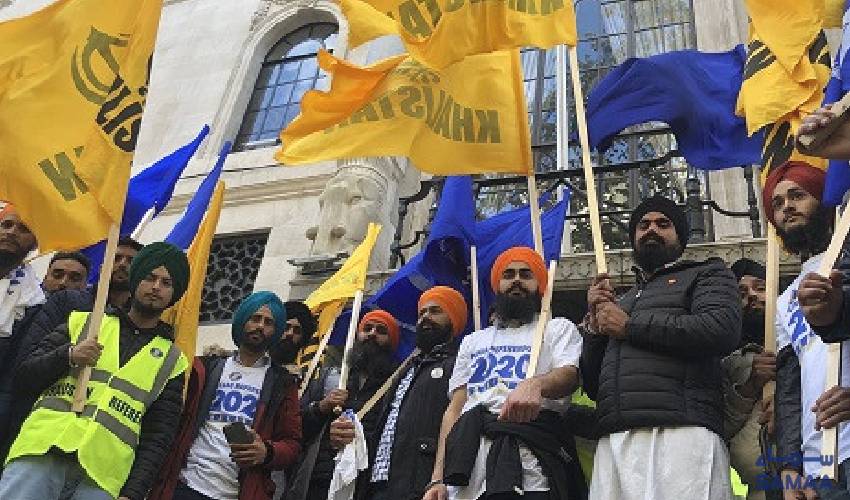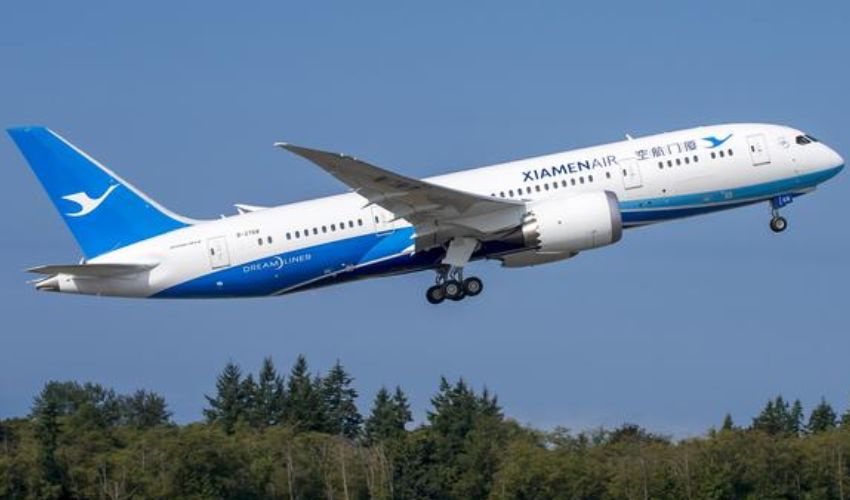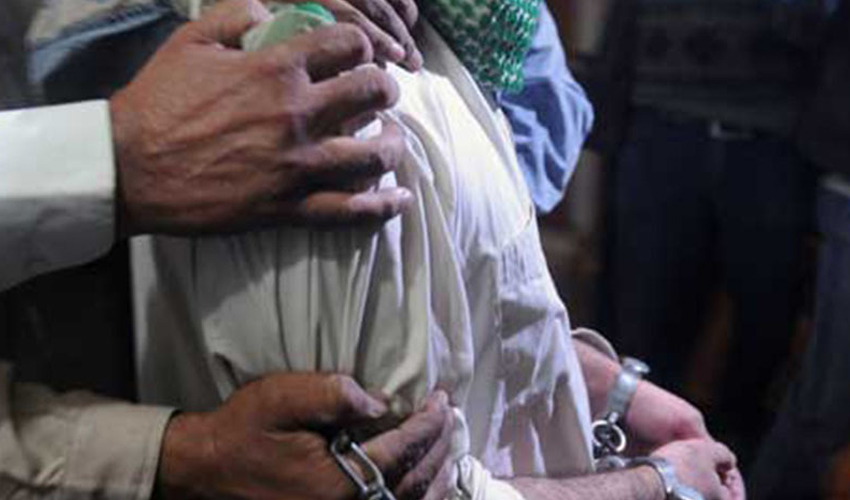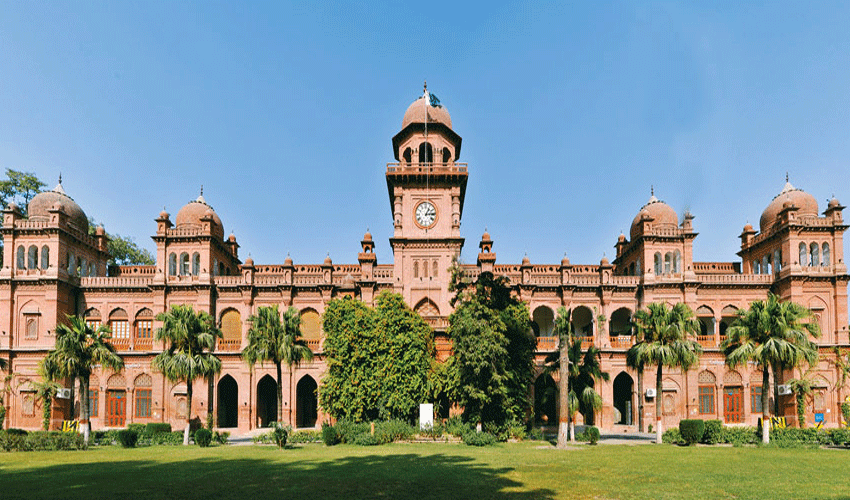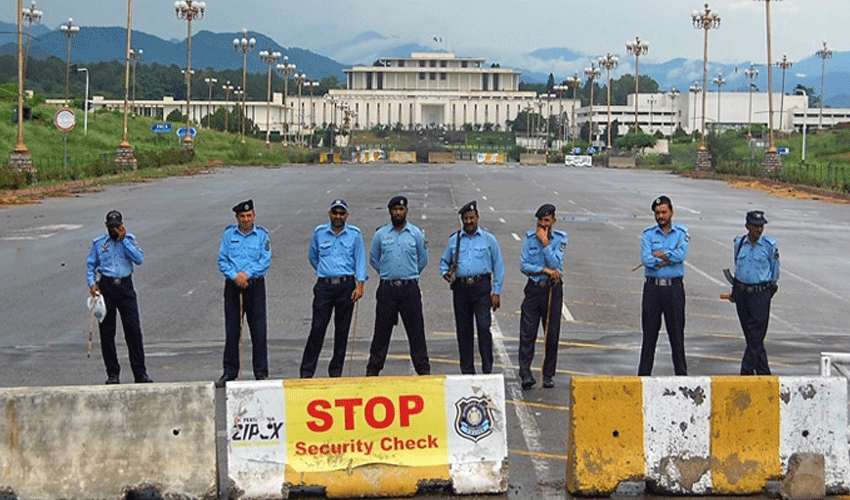India and Israel have been strengthening their military and economic ties over the past few decades. Israel opened its consulate in Mumbai in 1953, with military exports beginning in the 1960s.
Recent developments include:
- In June 2024, India shipped 27 tons of ammunition to Israel from Chennai.
- In 2018, Israel's Elbit Systems partnered with India's Adani Group to produce Hermes 900 drones in southern India.
- India has reportedly allowed Israeli companies to hire 100,000 Indian workers, replacing 90,000 Palestinian workers whose permits were revoked after October 7, 2023 events.
Over the past decade, India has imported $2.9 billion worth of military equipment from Israel, including drones, missiles, radar, and surveillance systems. Some of this equipment is reportedly used in Kashmir.
India stands out among BRICS and Global South countries in its support for Israel. The cooperation between the two countries in arms manufacturing and intelligence domains is well-documented.
These developments occur against the backdrop of ongoing conflicts in the Middle East and tensions in Kashmir, raising questions about the geopolitical implications of this growing partnership.
Simultaneously, India has been expanding its cultural and religious presence in Muslim-majority Gulf countries:
1. Under Prime Minister Modi's government, India has facilitated the construction of Hindu temples in the United Arab Emirates, Oman, and Bahrain.
2. These efforts are presented as providing worship spaces for the Hindu diaspora, but critics argue they may be attempts to diminish local Islamic cultural and religious roots.
3. India is also increasing its cultural influence through Bollywood films, music concerts, and award shows in Middle Eastern countries.
This multifaceted approach - combining military cooperation with Israel and cultural expansion in the Gulf - is seen by some as part of a broader strategy to increase India's influence in the region. However, it has also raised concerns about the potential impact on local Muslim communities and regional dynamics.
The situation continues to evolve, with geopolitical implications that extend beyond the immediate region.










